Featured in this section
Ant Studio
Arabeschi di Latte
CENTRALA and Alicja Bielawska
Ibuku
Repair Manifesto
Kellenberger–White
Shahar Livne
Museo della Merda
Carolien Niebling
Rok Oblak
Our Sci
NYC Mayor’s Office for Sustainability
Terunobu Fujimori
Trajna
1
KW BIO27 TypeFace
Kellenberger–White
2021
Ink on PaperWise by Fenner Paper
Kellenberger–White were commissioned to create the logo and a font for BIO27. The upper-case font is inspired by the hand-drawn lettering architect Jože Plečnik uses to label his drawings. The typeface is purposefully lightweight to reduce ink and energy use.
© Kellenberger–White
2
The Meat Factory
Shahar Livne
2014–ongoing
Bovine blood, bovine bones, fat
Meat Factory is a collection of new materials including bio ‘leather’, rubber and pigments made from abattoir waste. Using blood that does not require sterile collection has the potential to create an efficient and scalable use for the waste stream, supporting the traditional practice of using every part of the animal.
3
The Beauty of Scarcity
Francesca Sarti, Arabeschi di Latte
2021
The Beauty of Scarcity is a proposal for a new food ethos that celebrates simplicity, asceticism, frugality and rationing instead of the over-abundance and over-consumption that we have become used to.
4
The Sausage of the Future
Carolien Niebling
3D modelling: Olli Hirvonen
Supported by ECAL
2017
This project reinvents the sausage for more climate-friendly eating. Working with a master butcher and a molecular chef, Carolien Niebling has tailored the humble sausage for a future where we need to reduce our meat consumption and eat a greater variety of protein.
5
Buckwheat Banger
Slovenian Sausage of the Future
Carolien Niebling
Chef: Igor Jagodic, Strelec Restaurant
Butcher: Marko Butalič
2022
This new commission for BIO27 draws on local ingredients and culinary traditions and was created in collaboration with local chef Igor Jagodic and butcher Marko Butalič. It takes the form of the Slovenian kranjska klobasa, except instead of pork the main ingredients are buckwheat and mushrooms.
Model by Olli Hirvonen
6
Façade System
1:1 model
Ant Studio
2021–ongoing
Terracotta, metal
Ant Studio have applied two vernacular cooling practices common across India to this façade to create a low-energy cooling system: perforated jali screens allow air to circulate through a building while providing shade, and terracotta keeps water cool through the process of evaporative cooling.
7
The Arc at Green School
Ibuku
Engineer: Atelier One
2021
This highly engineered structure uses bamboo to construct a soaring space that is able to withstand earthquakes and storms, showing how bamboo’s natural tensile strength can create innovative forms and structures. Bamboo has always been used for building but until recently was seen as inferior.
Photograph by Tomasso Riva
8
The Clothed Home
Centrala and Alicja Bielawska
2021
The Clothed Home takes inspiration from traditional uses of textiles in pre-modern Polish homes to create flexible contemporary interiors that adapt to seasonal change without relying on energy-intensive heating or cooling systems.
A kilim from an exhibition curated by Aleksandra Kędziorek, 2021. Photo: Michał Matejko, courtesy of the Adam Mickiewicz Institute
Exhibition Section
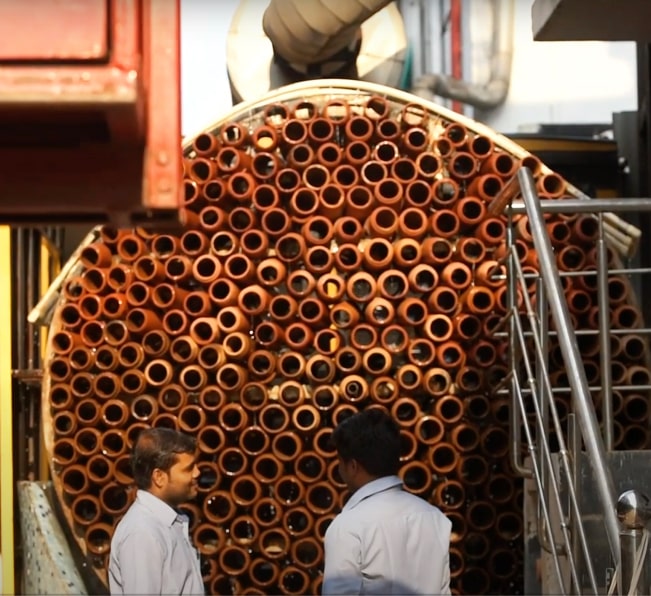
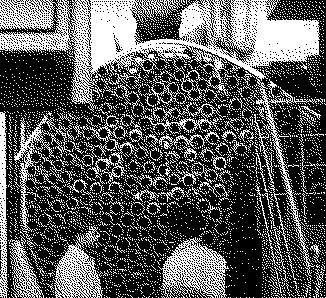
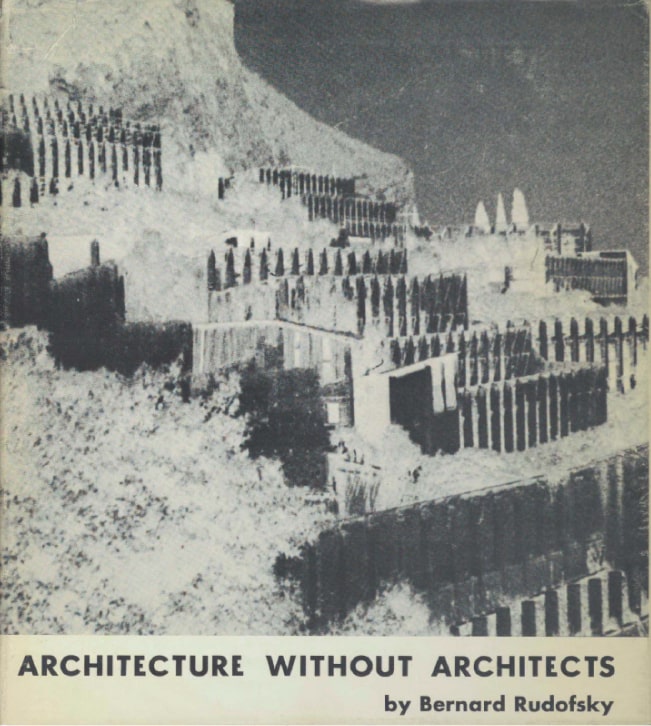
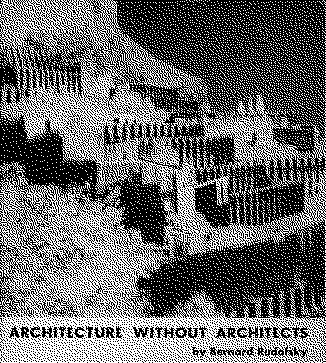
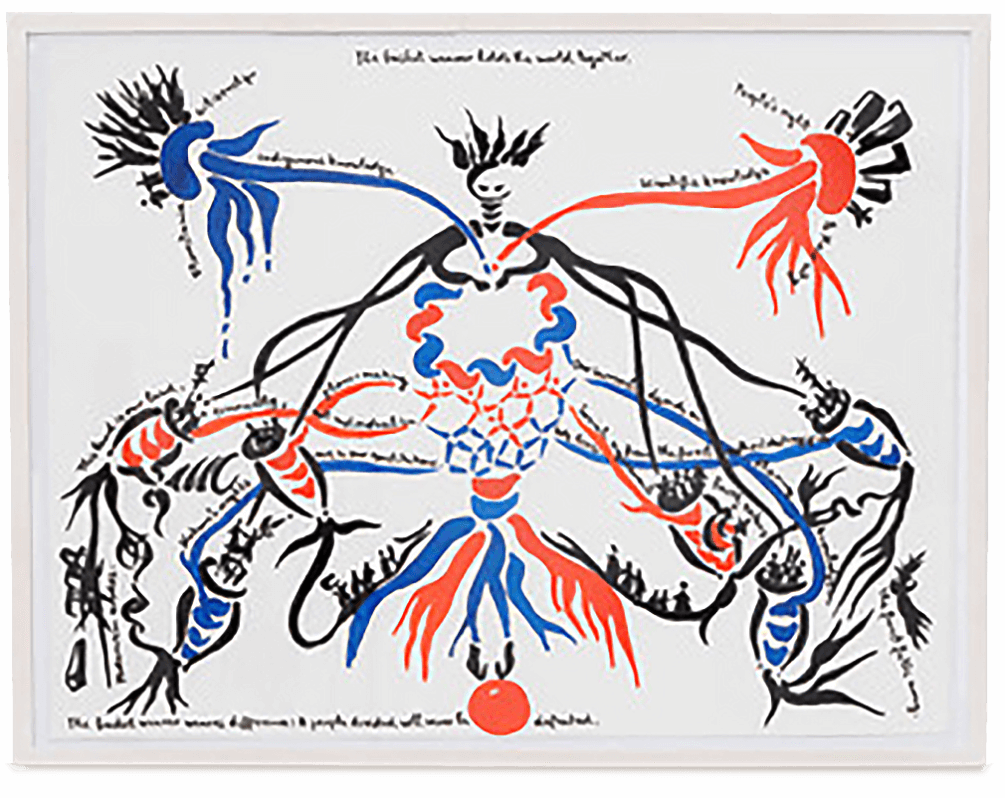
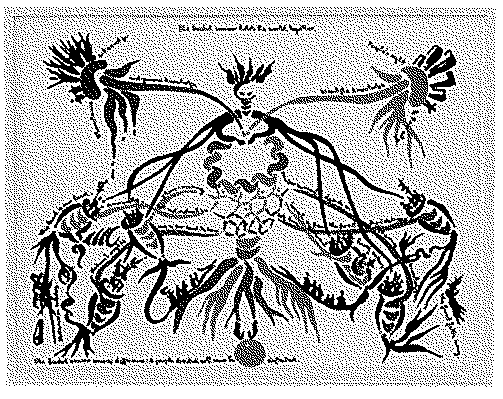
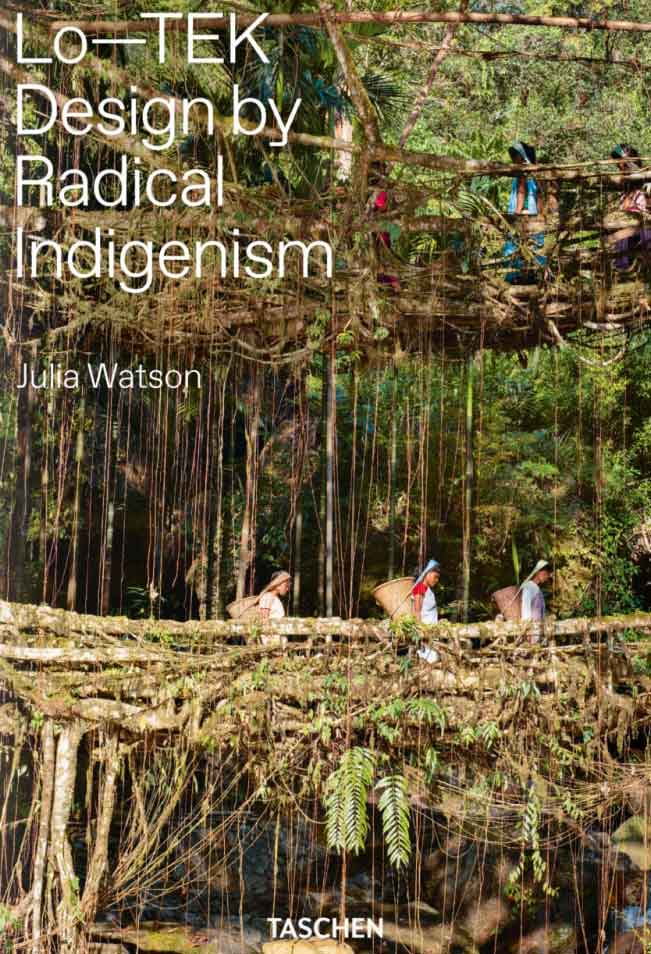
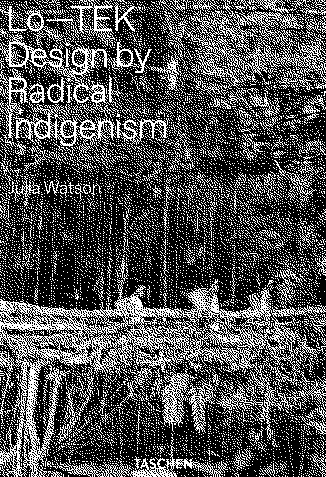
An assemblage of objects and ideas from different eras and culture that underpin the Super Vernaculars movement.
Exhibition Section
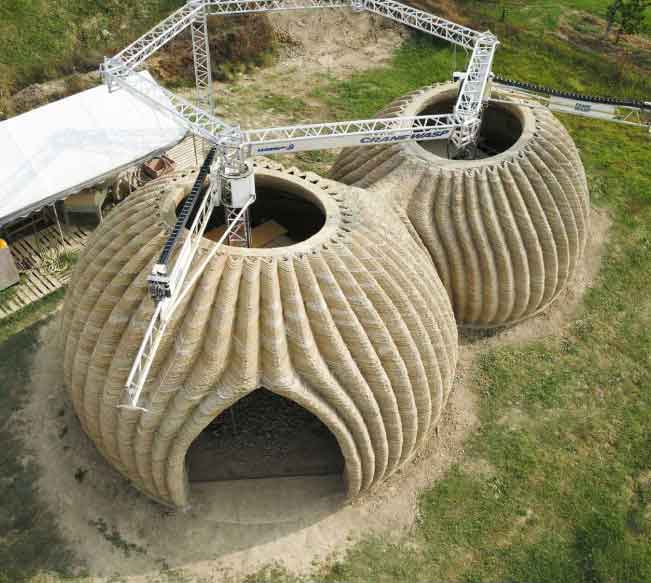
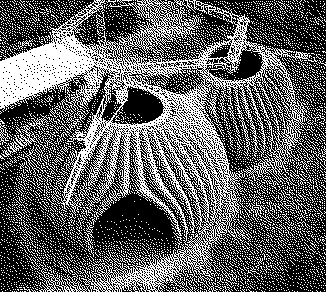
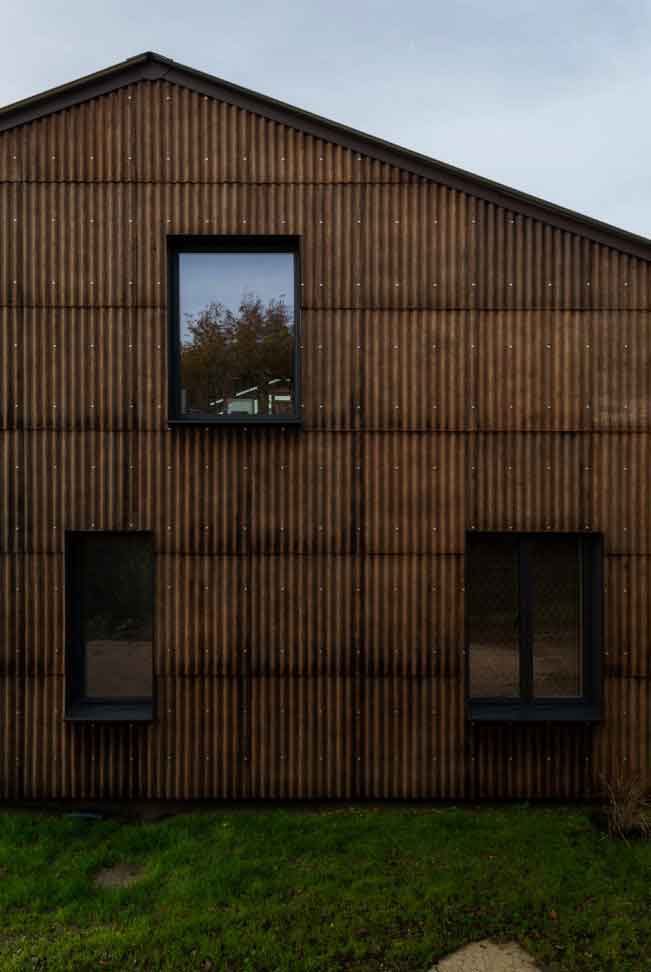
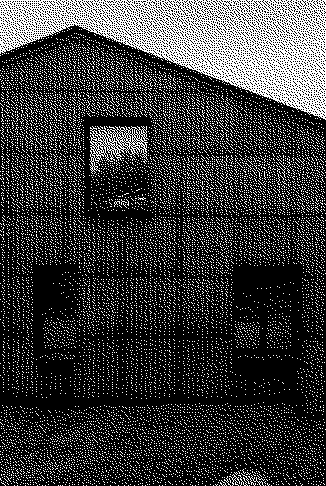

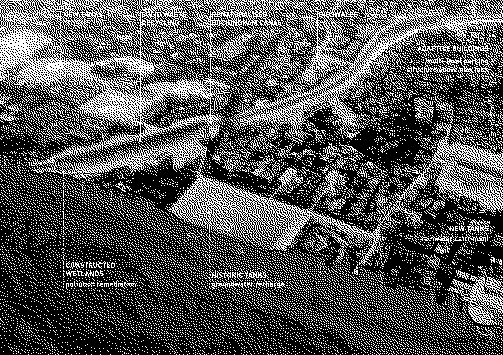
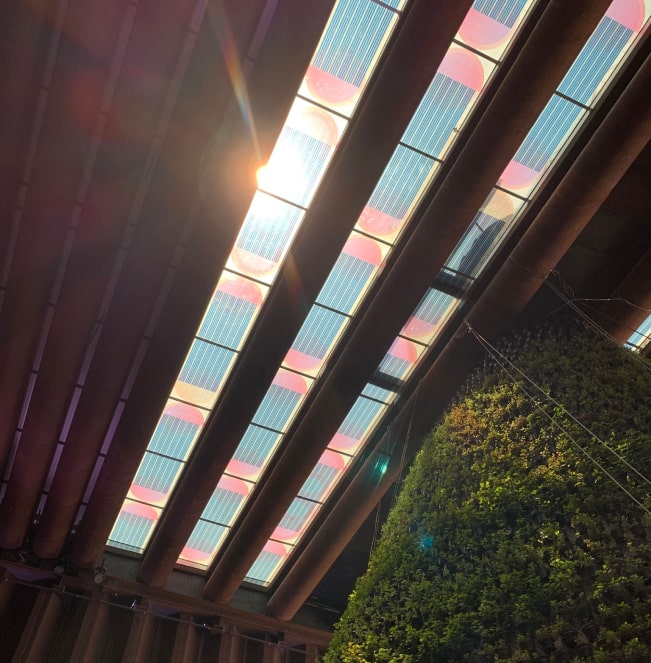
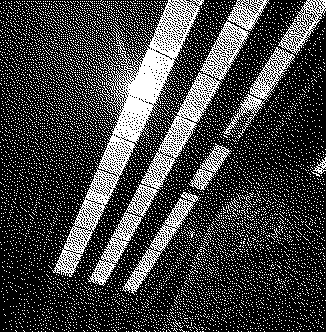
Approaches foregrounding regenerative systems and enabling ways of living that establish a reciprocal relationship with the environment.
Exhibition Section
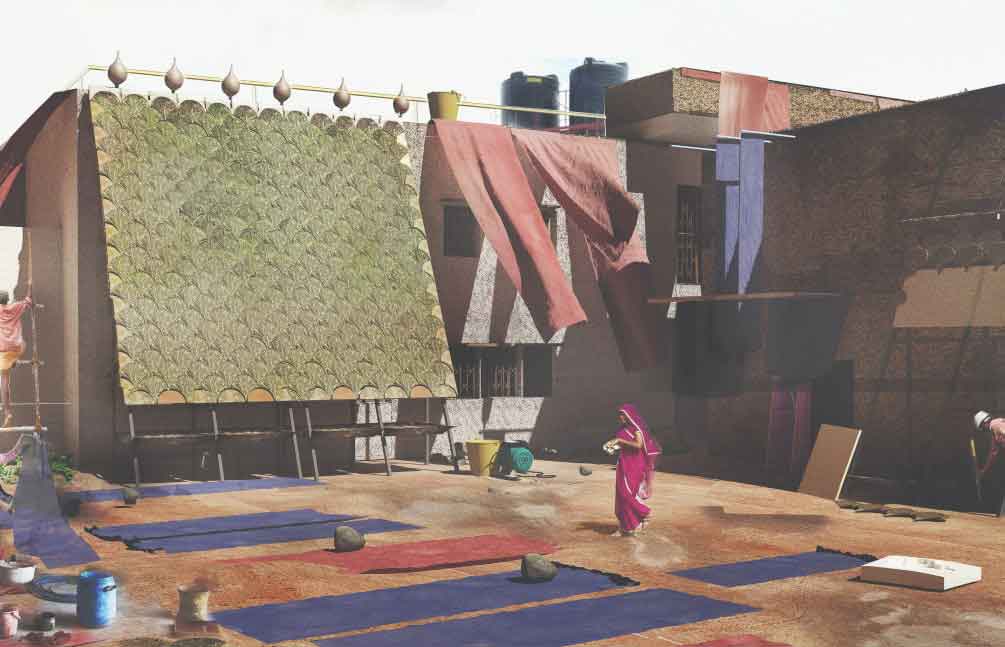
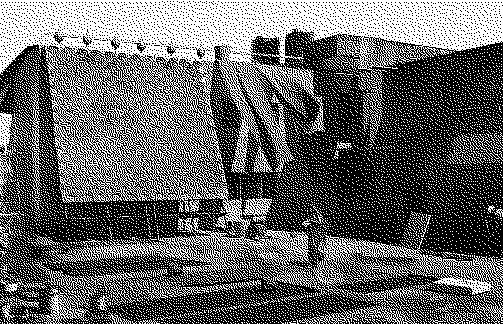

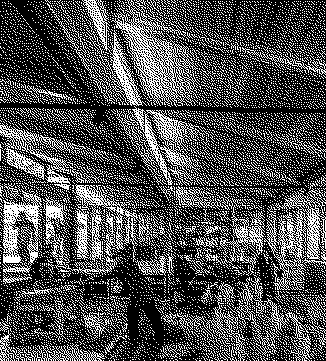




Projects that put people and communities at the heart of design thinking, fostering equity, social justice and supporting local communities.